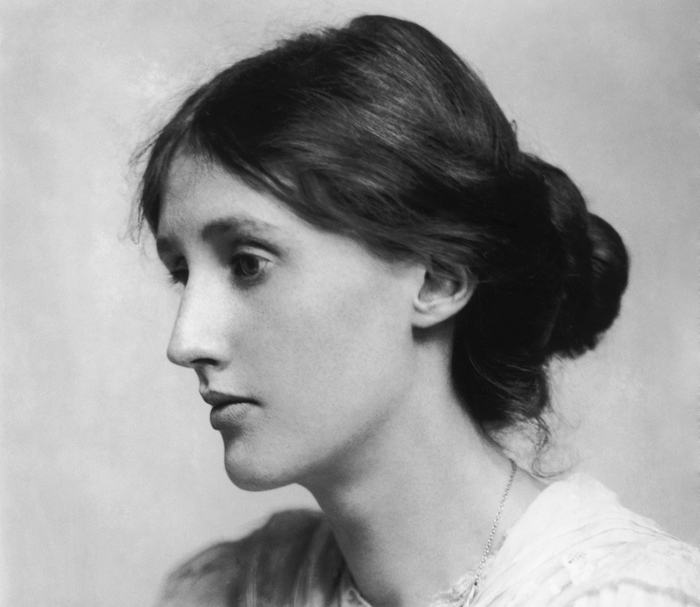The Cambridge Arms Hotel: classicism for the modern day?
Lucian Clinch assesses the new Cambridge Arms Hotel, soon to be unveiled on Regent Street

The Cambridge Arms Hotel is hard to miss, situated on the edge of Parker’s Piece and bulging out into Regent’s Street. It’s been even harder to avoid recently, having been the cause of congestion since the start of this academic year. Its features are classical; rather stout Doric columns prop up a portico covered with green-blue copper, presumably mirroring a technique used in antiquity. The architect, John Simpson, has worked on buildings within Cambridge – at Gonville & Caius and Peterhouse – and elsewhere. He has designed parts of Oxford (Lady Margaret Hall), public schools (Eton) and royal households (the Queen’s Gallery, Kensington Palace). In other words, all buildings in resolutely establishment institutions. It can often seem as if buildings are in some ways set apart from the real battles of life, politics, morals and values. And yet, if one looks back through the argumentative recent history of British architecture, the new Hotel suddenly takes on a rather new relevance.
Much of the 20th century architectural modernism, as practised by Nikolaus Pevsner and Le Corbusier, was in vogue and tacitly supported by the organs of establishment architecture in the United Kingdom: The Royal Institute of British Architects, and The Royal Academy. Above all, modernism emphasised function over form, and the vaguely dubious notion that buildings should be “of their time”, and thus inculcated with the notion of zeitgeist. Otto Silenus, the parody of a modernist architect in Decline and Fall, states that “the only perfect building must be the factory, because that is built to house machines, not men”. His words do in fact mirror Le Corbusier, who believed that “the house is a machine for living in”.
The attack on modernism, perhaps predictably, came from the Young Fogey brigade, many of whom were based in Cambridge. David Watkin, the Peterhouse don, wrote a polemical book decrying the trend in architecture, supported by many of the cultural conservatives and aesthetes of the day. Reactionary though it may have been, Watkin’s Morality and Architecture aimed to undermine the “intellectual authority of doctrinaire modernism”, as the late Gavin Stamp put it in the Spectator. Watkin wanted to polemically show how the modernist tendency to ground architecture in moral terms was an affront to individual imagination, and amounted to an attack on beauty.
“In the end, the architecture wars help nobody. Taste will always be subjective”
Instead, Watkin was a proponent of classicism. Its roots lie in Greece and Rome, and in the plains of the Veneto, where Andrea Palladio placed his villas. The orders take after the curves of the human body, the ornaments imitate nature. Classicists often refer to their craft as a “language”: one of continuity, tradition, and a connection between future and past. John Simpson is an architect placed squarely within this mould. A member of the Traditional Architecture Group, which makes its case “for long term, transcendental value”, he has supported the new crop of British classicists, such as Francis Terry (son of Quinlan, himself an architect), George Saumarez Smith, and Ben Pentreath. Spurred on by the intervention of Prince Charles and his rumbustious broadside disparaging the “monstrous carbuncle” buildings so beloved of modernists, British classicism has had something of a revival, with a recent exhibition entitled Three Classicists taking centre stage at RIBA.
It is easy to caricature those who enjoy classicism as reactionaries. They have a soft spot for the monarchy, delight in worshipping the Tridentine Mass, and are resolute in their belief that Charles Moore remains a sage commentator for our times. But this is an injustice. For many, it is difficult not to marvel at the forum in Rome, the dignified beauty of many British country houses, or the impeccably preserved Maison Carreé in Nîmes. It seems disingenuous to imply that we can’t then marvel at similar buildings built in the 21st century. The philosopher R.G Collingwood said that “subject without style is barbarism. Style without subject is dilettantism”, a statement commendable for its lack of theoretical dogmatism. For most people, the intellectual authority that lies behind buildings is hardly relevant. Things either look nice or they do not: why should Beauty, as one of the highest forms of genius, not be allowed to entice our sensibility?
For what it’s worth, the public in Britain has repeatedly shown interest in classical buildings, which have proven stubbornly popular. Yet in the end, the architecture wars help nobody. Taste will always be subjective. It would be far better to agree on the fabulous possibilities that modernism and modernity have allowed for, realising too that classical buildings can be beautiful, and are not redundant simply because they look backwards for their inspiration. Perhaps the new hotel deserves a little more thought
 Features / Should I stay or should I go? Cambridge students and alumni reflect on how their memories stay with them15 December 2025
Features / Should I stay or should I go? Cambridge students and alumni reflect on how their memories stay with them15 December 2025 News / Cambridge study finds students learn better with notes than AI13 December 2025
News / Cambridge study finds students learn better with notes than AI13 December 2025 News / Dons warn PM about Vet School closure16 December 2025
News / Dons warn PM about Vet School closure16 December 2025 News / News In Brief: Michaelmas marriages, monogamous mammals, and messaging manipulation15 December 2025
News / News In Brief: Michaelmas marriages, monogamous mammals, and messaging manipulation15 December 2025 Comment / The magic of an eight-week term15 December 2025
Comment / The magic of an eight-week term15 December 2025









